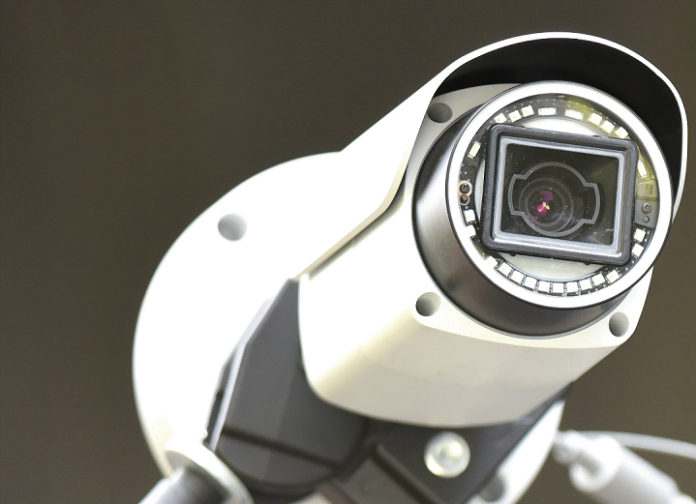Something we’ve noticed over many years of camera testing is the benefit of ambient light and directional light in challenging CCTV applications. But is white light a white flag when it comes to outright camera performance?
For security managers dealing with operational demands like face identification, observation in deep and challenging scenes and recognition of moving plates, camera performance is a serious matter. The challenge is finding CCTV cameras that can deliver such performance yet are affordable enough for widespread installation across complex sites.
There’s no question that ambient lighting has long been an important element of many CCTV applications, given its ability to keep shutter speed up, reduce motion blur and minimise amplification noise, as well as serving to keep cameras operating in colour in sub-10 lux. Even a small amount of light, or the reflectance of ambient light using light-coloured surrounds can make a difference in challenging applications.
Taking this benefit to a logical conclusion, some camera manufacturers are employing white light LED arrays in CCTV cameras in a bid to better capture facial identification, number plates and event sequences when affordable bullet cameras are deployed. A key question is whether or not white light-assisted cameras perform better than top end low light cameras operationally, and are able to do so at significantly reduced total cost of ownership.

Colour image with white light activated…there’s a lot of detail in this image.
SEN’s experience with white light-enhanced cameras is that they may improve performance on the street and should be considered as part of the mix in applications where they can be shown to offer operational benefits at a given budget. Such applications might include laneways, entries and covered areas that are in deep shadow.
Matt Terrey of Panasonic agrees there are applications where white light might be preferred over IR or pure low light performance.
“White light has strong merits, especially when used with specific alarming and analytics processes, particularly in generating a forcible live deterrent for intruder situations,” Terrey explains. “This is useful in domestic applications and certain perimeter security and city safe applications, however, is not a one size fits all capability. If leveraged under VMD applications, white light will provide identification options, especially when colour rendition, or reduced shadowing are key aspects in the desired outcome.”

And here’s IR performance in monochrome…the white light image offers a court-admissable face but this one does not.
Hikvision’s Ryan Shi says use of white light offers an alternative to traditional IR.
“In some case white light may greatly help target the suspect in the scene with colour information in low light, when compared to IR,” Shi explains. “Low light performance can also be enhanced by adopting a larger aperture lens and sensor. White light fits most of SMB applications, as well as some commercial scenarios. Advanced features like target classification are now also available in this kind of camera.”
However, Vidilabs Vlado Damjanovski is less impressed with integrated white light as an innovation.
“Even as a photographer I was always against the use of a flash, as it makes objects 2-dimensional, without proper shades and details,” he explains. “If you have to use additional illumination in a project it should not be integrated into the camera for best performance – even using the built-in IR on the camera itself is inferior to placing real separate IR illuminators on the sides of a camera.
“Using external illumination means you get better coverage, ensure that insects are not attracted to the area in front of the camera lens, mean there’s no need for additional power, and deliver video streams in which subjects have a more realistic appearance.”
#securityelectronicsandnetworks.com









